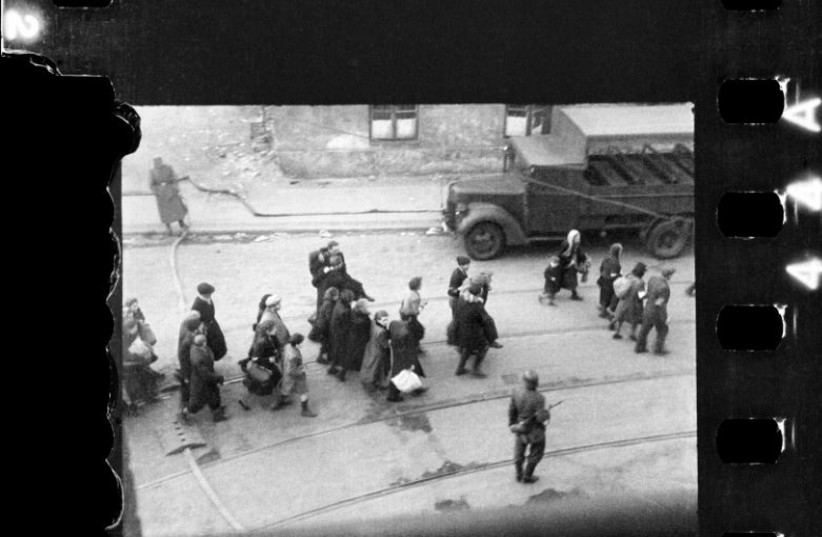Archaeologists excavating a former ghetto on Anielwicza Street in Warsaw, Poland found a former workshop that had been used to make cutlery, according to a Polish police report released early last month.
"This discovery is unique because the workshop is almost completely preserved. The wooden floor and the bases of the machines have been preserved,” the release cited archaeologist Michal Grabowski as having said.
The workshop, Grabowski explained, had been used both before and during the Holocaust, which is reflected by some cutlery being embroidered with the German eagle.
"In addition to cutlery, decorations, and emblems were also produced. We found, for example, badges of Dror, a Jewish organization that operates in Poland. It was an organization preparing young people to leave for Palestine, its members joined the resistance movement during the war and took part in the ghetto uprising in Warsaw,” Grabowski explained to the source.
Other artifacts found in the ghetto
Archaeologists discovered a number of other artifacts hidden under the floorboards of the workshop. This included Makowki sweets from before the Holocaust, fragments of an employee badge, and fragments of a book.

"During the work, we discovered a fragment of the badge used by employees of the Fiat factory, opened in 1935," said Grabowski while giving more context to the other finds.
Conserving the site of the ghetto
While the site now falls on Anielwicza Street, the street had once been called Gesia Street, which ran south of the Jewish cemetery in Okopowa. The majority of the old buildings on the street were destroyed in 1943.
The factory and ghetto have thus been well-preserved, explained Magdalena Kruszewska, a specialist from the Warsaw Ghetto Museum, in the report.
"The conservation process itself will take about half a year. Then we want to use these elements in our permanent exhibition. This is certainly not the end of this type of discovery, because the ghetto occupied a large part of Warsaw and in the future, we will have a chance for further discoveries,” Kruszewska concluded.
